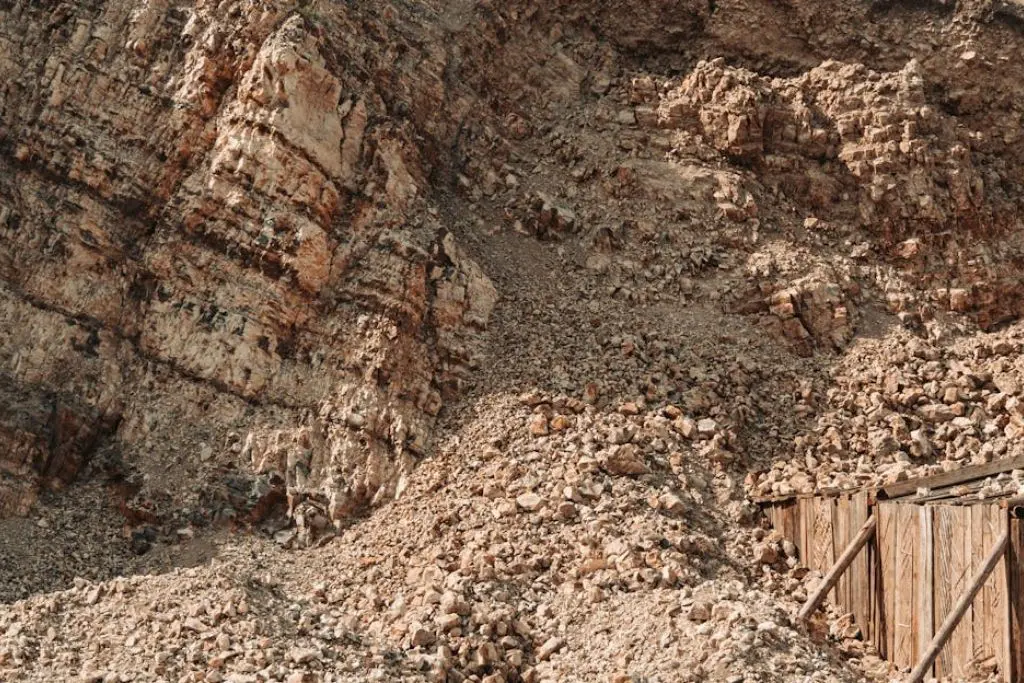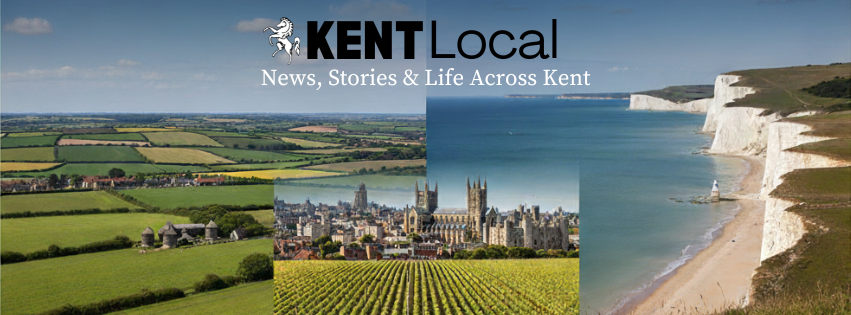A planning inspector has approved plans to fill a long-disused Kent quarry, located just 60 metres from the M25, with hundreds of thousands of cubic metres of construction waste. The ruling overturns Kent County Council’s earlier refusal. The decision comes despite strong opposition from residents and campaign groups, who raised concerns about traffic, environmental damage, and noise.

The project will take six years. It involves a steady flow of heavy goods vehicles (HGVs) delivering material to restore Covers Farm Quarry in Westerham to grassland. The decision, made by inspector Stephen Normington after an eight-day inquiry, has sparked anger among opponents. They argue it puts both the local community and environment at risk.
Kent County Council had originally rejected the proposal. They claimed it was unsuitable for Green Belt land and did not meet the standards of “sustainable development.” However, the inspector ruled the infilling was necessary to stabilise the site. He also determined it would not pose unacceptable risks to public safety or the road network.
The Controversial Plan
Project Details
The quarry ceased sand extraction around 2008 and has been unused for years. Developer Morants Promotions plans to import around 800,000 cubic metres of inert materials – mostly soils and construction waste – to fill the void.
As part of the scheme, a temporary haulage road will be built alongside the M25. This will create a new access route from the A233 London Road/Beggars Lane roundabout and is designed to limit the impact of HGV traffic on local streets.
Work Schedule
Strict conditions govern the operations: 7 A.M. to 6 P.M. on weekdays and 7.30 A.M. to 1 P.M. on Saturdays. There will be no work on Sundays or bank holidays. A total of 45 conditions have been set, including the removal of the haulage road and the reinstatement of public footpaths once work ends.
Still, opponents are most alarmed by the scale of the traffic: 150-200 HGV trips each day. Campaigners described it as a “convoy of eight-wheeler trucks,” warning it could worsen congestion on an already overstretched road network around the M25.
Reasons for Opposition
The plan has united local residents, the parish council, and environmental groups in opposition. Their concerns focus on three main areas: traffic, environmental impact, and Green Belt development.
Traffic and Road Safety
Residents fear the sheer volume of lorries will disrupt roads and increase accident risks for drivers, cyclists, and pedestrians. The group Keep Westerham Green dismissed the developer’s traffic assessments, calling them unrealistic. They highlighted residents’ alarm over the expected truck movements.
Environmental Concerns
The quarry sits within both the Green Belt and the Kent Downs National Landscape. Critics warn that noise, dust, and air pollution could harm residents’ health and damage the protected environment.
They also argue local wildlife habitats will suffer during the six years of disruption, despite plans to restore the site to grassland with hedgerows and wetlands. Another risk raised is potential ground movement from “dewatering” a northern lake. Morants’ own surveys admitted this could threaten the stability of the M25.
Green Belt and Sustainability
The council’s refusal rested on the claim that the project was not sustainable development and was inappropriate for the Green Belt. Officials argued the harm to openness and character outweighed the benefits. They also noted that less intrusive stabilisation methods could be explored, though the developer dismissed these on cost grounds.
Ultimately, the inquiry agreed with the developer that infilling was the only viable and safe solution.
Developer’s Case and Government Backing
Developer’s Argument
Morants Promotions insists the project is essential. A 2021 report warned that without infilling, the quarry’s steep and unstable sides could endanger the M25. Alternatives like engineering structures were deemed too costly. The company argues the plan not only stabilises the land but also provides a needed site for inert waste disposal, as set out in Kent’s Mineral and Waste Local Plan.
Inspector’s Ruling
Inspector Stephen Normington supported this reasoning in his 62-page decision. He concluded that, with conditions in place, the project would not seriously harm residents’ health, living conditions, or road safety. He also judged that it would not create “severe residual cumulative impacts” on traffic.
His ruling aligns with wider government policy, which allows exceptions for Green Belt development in “very special circumstances.” In this case, the need to stabilise the quarry and protect the M25 was deemed a sufficient justification. This was found to outweigh the environmental harm and local opposition.


